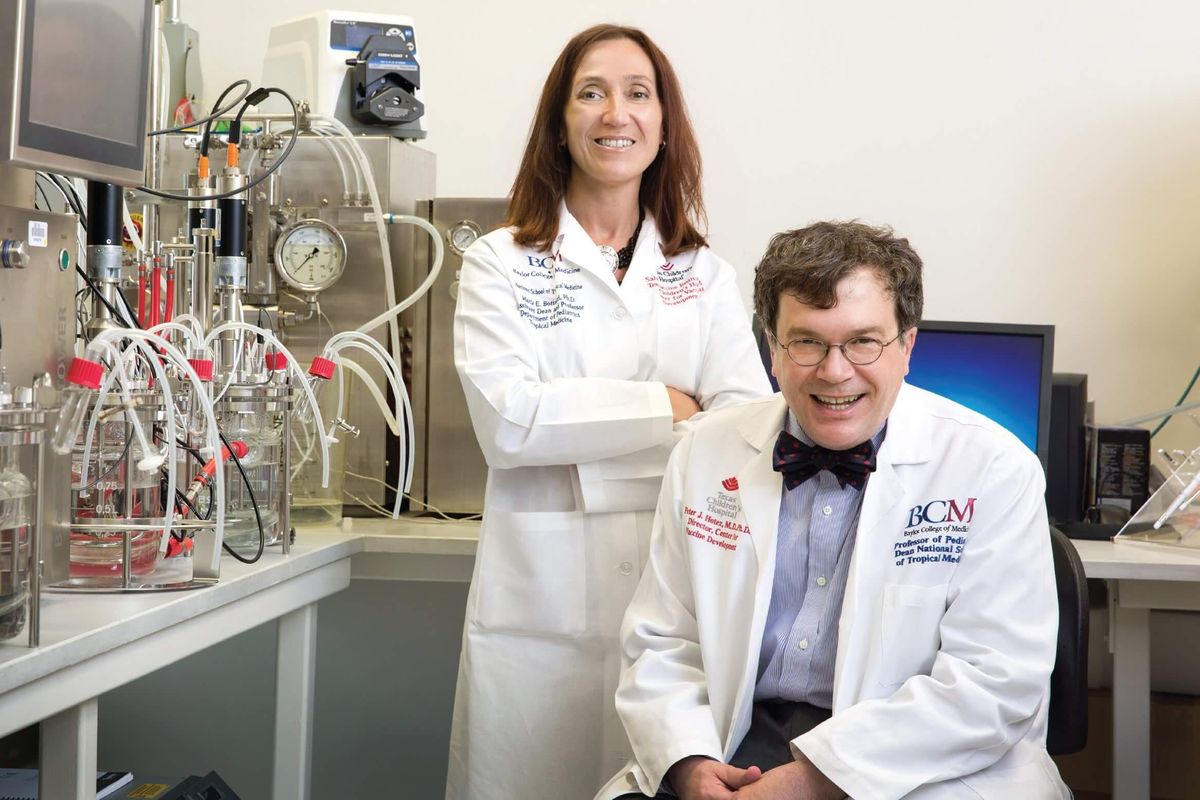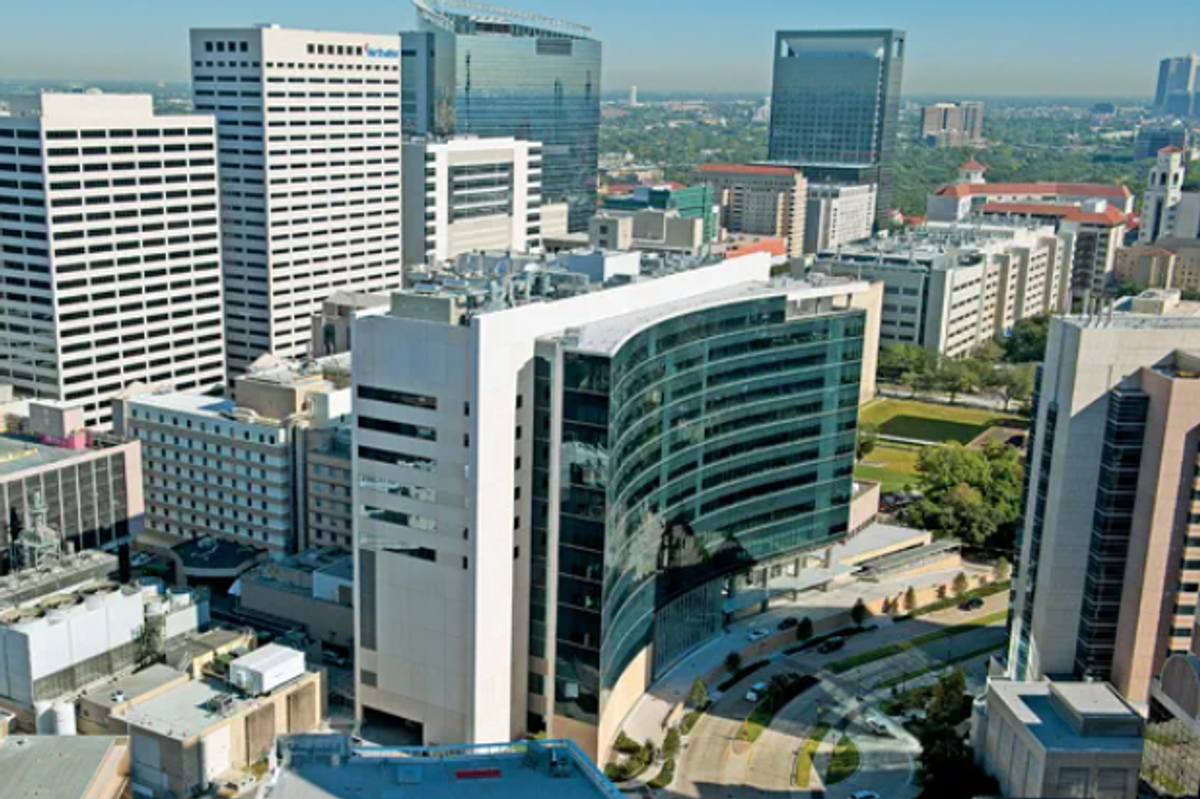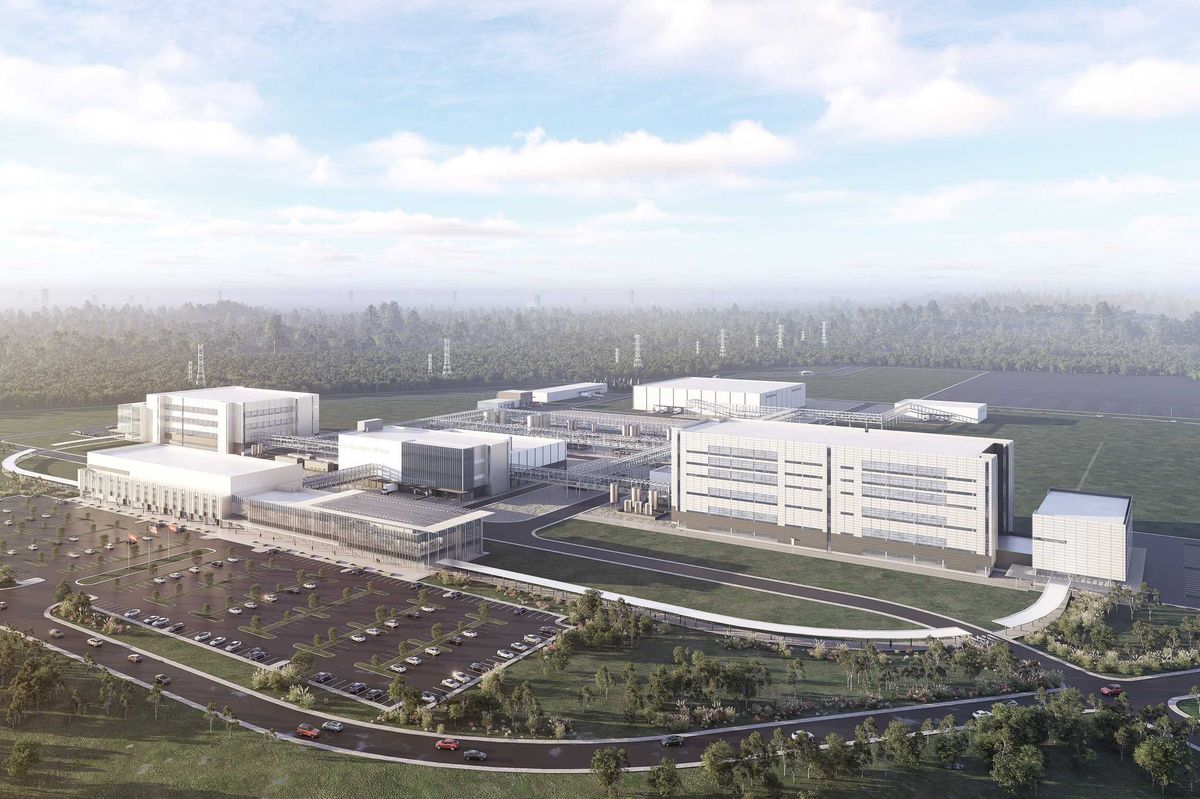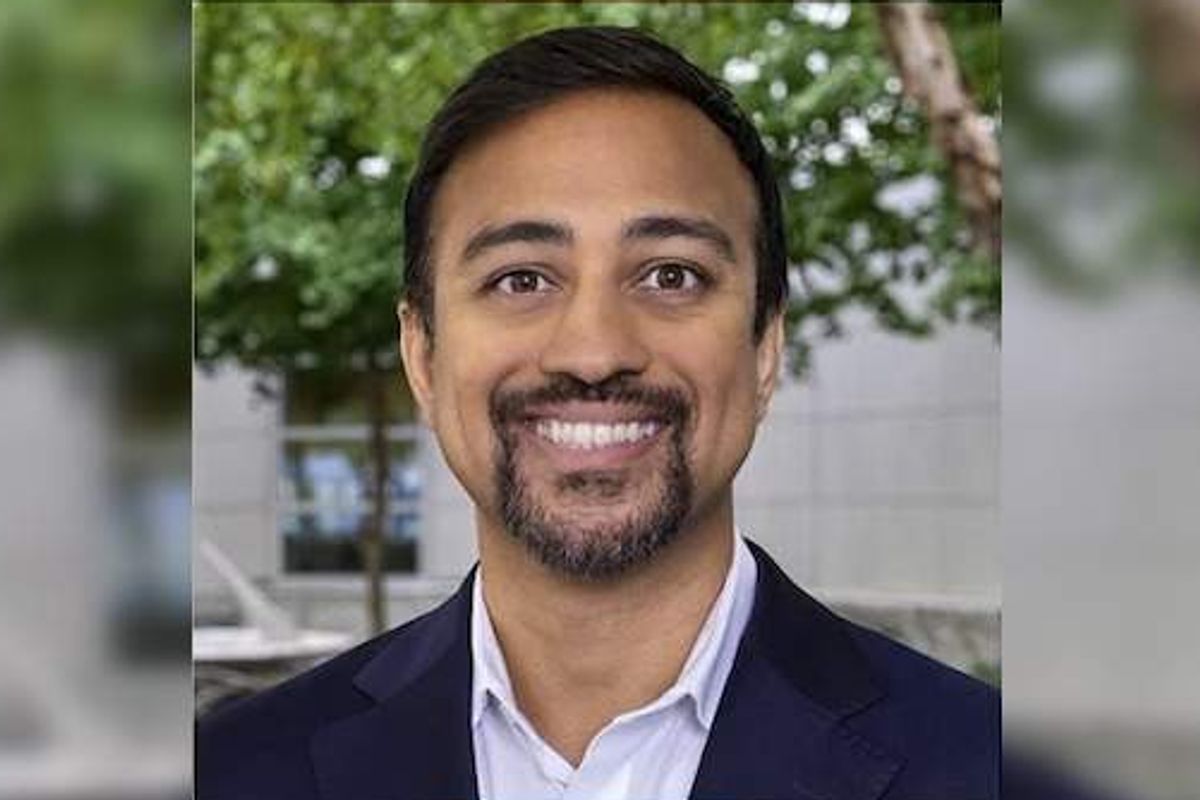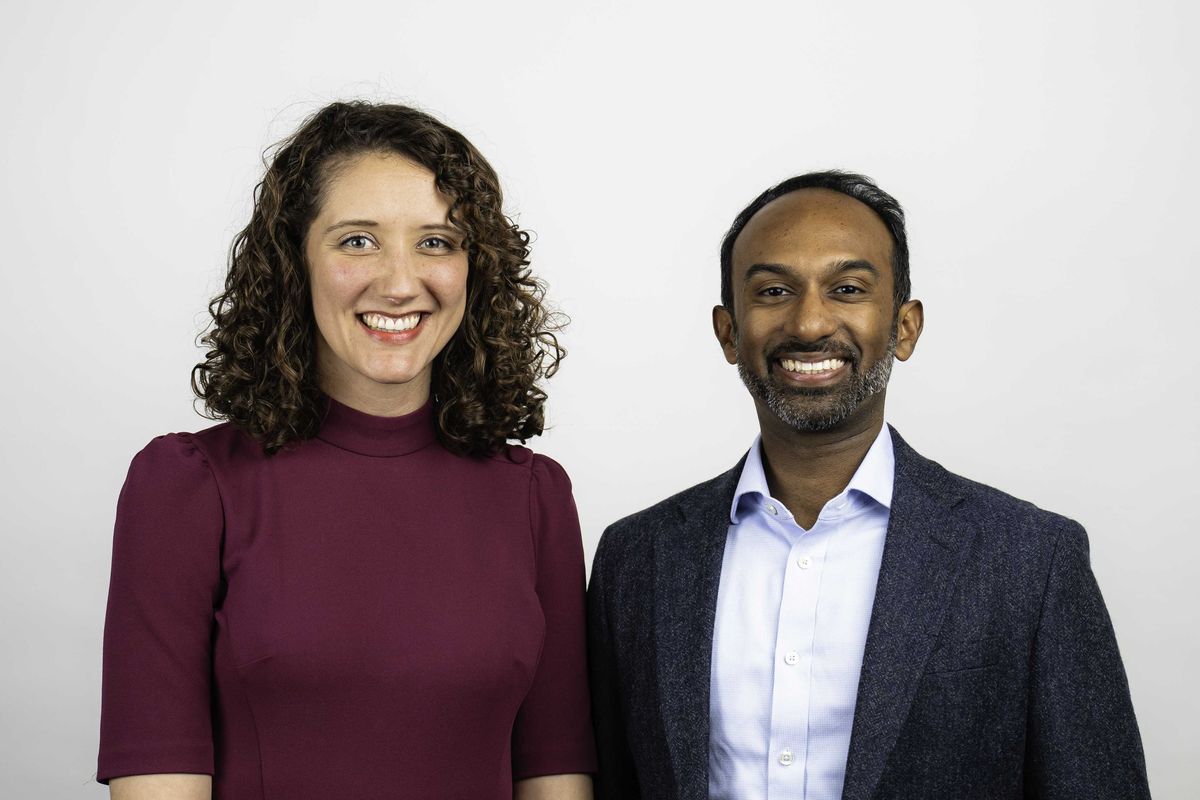A $5 million gift from the Wayne Duddlesten Foundation will establish expanded opportunities for entrepreneurship at the University of Houston, according to an announcement from the college earlier this month.
Known as the Wayne B. Duddlesten Free Enterprise Institute, the new program will operate in association with the UH Bauer College’s Cyvia and Melvyn Wolff Center for Entrepreneurship and be open to all UH students. It's expected to launch in 2024.
UH staff from the Duddlesten Institute and the Wolff Center will be able match budding entrepreneurs across campus with mentors, offer website-building resources, provide legal services and other tools.
"Our goal is to empower imaginative thinkers from idea to market," Paul A. Pavlou, dean of the Bauer College of Business and Cullen Distinguished Chair Professor, said in a statement. "We will support the process from a concept to incubation and continue offering necessary resources all the way to launching a successful new business.”
Dave Cook, executive director of the Wolff Center, said the new institute will create a new type of "synergy across campus."
"It will help create a fabric of innovation, talent, financial, legal and technical service along with a commitment to long held values of the importance of character and integrity as businesses are created," Cook said. "We are honored to share this vision through this collaboration.”
Duddlesten has been a longtime supporter of the university. The successful real estate developer, who's credited for bringing the Rockets to Houston in the '70s, was a Houston native and UH graduate.
His foundation donated $5 million to establish an endowed scholarship at Bauer for students studying entrepreneurship or real estate in 2020. It also established an endowed Tier One Scholarship and endowed scholarship in the Graduate College of Social Work, as well as 25 one-time scholarships for Wolff Center students over the years.
Duddlesten also served as a trustee emeritus and advisory board member for the UH Foundation and the UH System Development Board before his death in 2010.
Earlier this academic year, Rice University also unveiled a new facility dedicated to Ralph O'Connor, former president and CEO of the Highland Oil Company and founder of Ralph S. O’Connor & Associates. The $152 million, state-of-the-art facility features five floors of labs, classrooms and seminar rooms, and is Rice's largest core campus research facility. Click here to read more.
- UH lab using mixed reality to optimize designs for the Moon and Mars ›
- University of Houston plans to build new central campus innovation hub ›
- University of Houston introduces institute to bring business solutions to health care industry ›
- University of Houston gets $2M to launch innovative transportation-focused cybersecurity center ›
- University of Houston, Intel team up to prepare workforce for AI revolution ›

